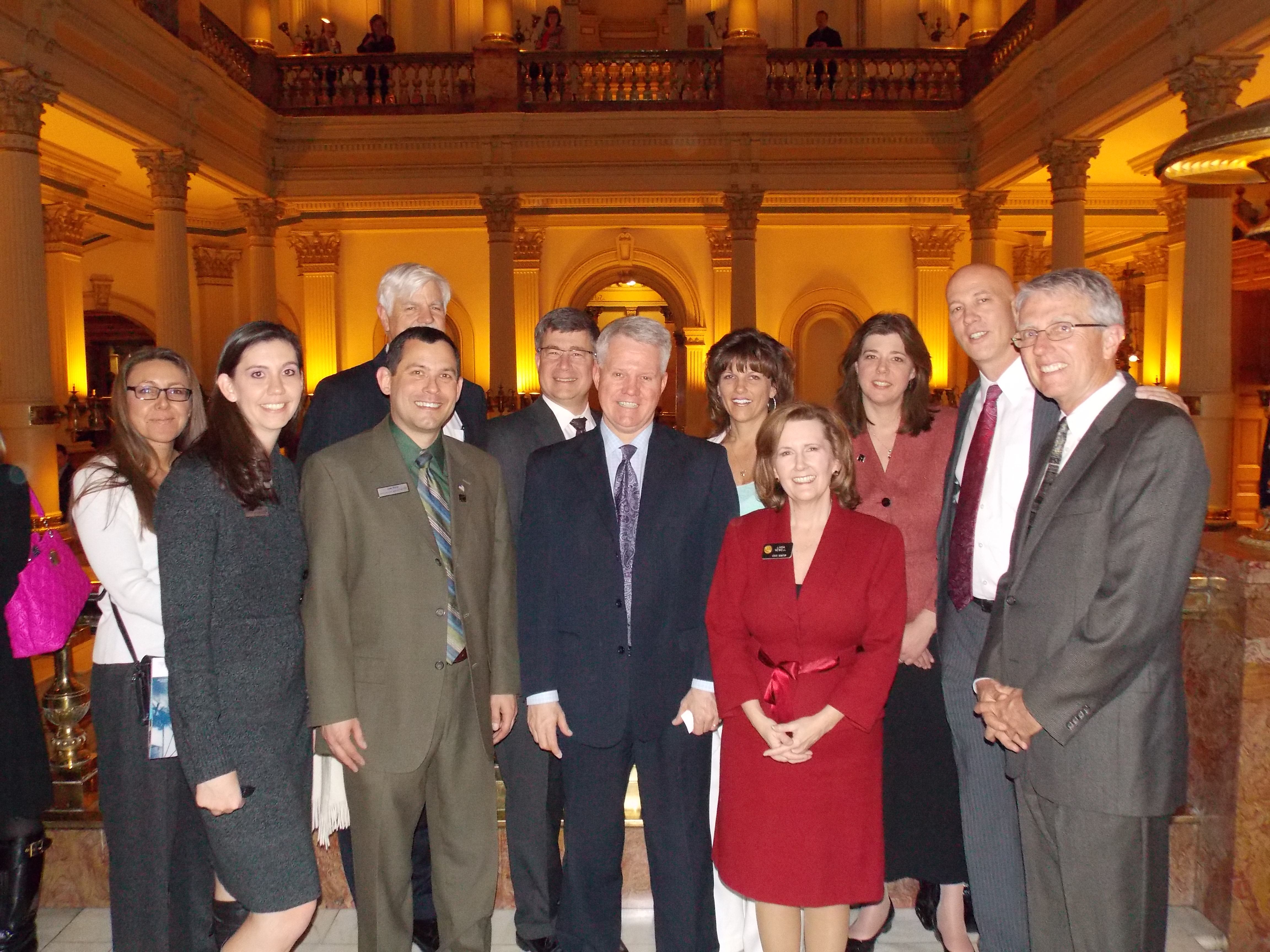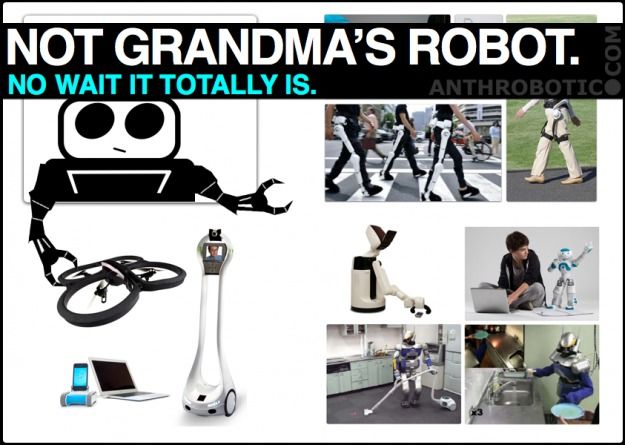CCC – “Constant c Catastrophe”
Otto E. Rossler
Faculty of Science, University of Tubingen, Auf der Morgenstelle 8, 72076 Tubingen, Germany
Abstract
The historical twist that the universal constancy of the speed of light, c, got abandoned for more than a century is recalled. The new situation, arrived at independently by Richard J. Cook, is outlined along with some of its uplifting consequences. A new metrology and a new cosmology take shape.
(March 15, 2013)
Text
A globally constant c is not a catastrophe in the opinion of the present writer, despite the fact that most everyone feels safe in the fold of the old paradigm. A simplification of physics is almost never a step back. The new situation can be summarized as follows.
In 1907, Einstein realized that relative to the tip of a constantly accelerating long rocketship in outer space, clocks located at the bottom of the rocketship tick slower, e.g. half as fast, than those at the tip [1]. This was “the happiest thought of my life,” he always stressed. The breakthrough allowed him to understand gravitation in the context of his new theory of special relativity described two years before.
To his dismay, however, he was forced to realize that, at the bottom of the long rocketship, the local slowdown of time is accompanied by a numerically equal, visible from above, reduction of the speed of light c even though the latter had been a universal constant in special relativity. Both observable changes (the slowdown and the crawl) remain masked on the lower level itself. The drawback of the reduced c caused Einstein to drop the subject of gravitation for 4 years (until his good friend Ehrenfest lured him back with the related paradigm of the rotating disk). Einstein then would carefully “build around” the drawback mentioned. And the simplest nontrivial solution of the finished general theory of relativity, the Schwarzschild metric, can indeed be written in an equivalent form in which c is globally constant [2].
But how about the riddle of the “creeping” speed of light downstairs in the rocketship and in gravity? The solution to the conundrum emerges from a second look at the famous “Lorentz contraction” which (as is well known) states that a fast-moving car is shortened while keeping its width: Does this fact mean that the shortened car has become anisotropic in its own frame? The answer is no.
Analogously here: the apparently only vertically enlarged “spaghetti people” downstairs in gravity are not distorted in their own frame. They are objectively enlarged in all directions since time is slowed and c is constant. Their lateral size change is masked when viewed from above. Hence c only seems to be creeping in the lateral directions downstairs without being reduced in reality.
“Who ordered that?,” one feels tempted to say. The new size change which follows from the universal constancy of c has been spotted from time to time in the past, cf. [2]. The most convincing mathematical demonstration based on the theory of general relativity was given by Richard J. Cook in a paper entitled “Gravitational space dilation” [3]. A very simple derivation using the equivalence principle is the “Telemach theorem” [4]. Its cousin, the “Olemach theorem” [5], is even simpler (using only angular-momentum conservation and the Bohr radius formula of quantum mechanics).
The thus successfully recovered “Einstein universality of c ” is a bonanza. Global constancy of c implies, for example, that the well-known infinite time delay of light going all the way down to a black hole’s horizon (or up from it) [6] reflects an infinite distance (if in s/t = c = const., t goes to infinity, so does s ). Therefore the famous “Flamm’s paraboloid” describing the shape of space-time around a Schwarzschild black hole now gets replaced by (is morphed into) a “generic 3-pseudosphere”: Space itself is infinitely enlarged towards the horizon in a trumpet-like fashion. While this is hard to visualize, the lower-dimensional analog, a halved 2-pseudosphere (replacing the upper part of the likewise 2-dimensional Flamm-paraboloid) looks like a vertical infinitely long trumpet whose upper rim and its neighborhood coincides with that of the former paraboloid. An ant placed on the locally flat rim of the trumpet’s big mouth can walk around it in a short finite time. But the same ant has to muster an infinite distance in order to reach the middle of the very same plane – namely the mouthpiece of the maximally drawn-out trumpet (which represents the horizon of the black hole). Thus, “curvature” and “stretching” do both go to infinity near the horizon like Siamese twins, in the new differential geometry of gravitation.
Further new implications are as follows: Rest mass and charge both go to zero in inverse proportion to the local redshift [4]. The charge change represents a major surprise in physics following a 1½ centuries long reign of the law of charge conservation. In consequence of this, the combined “Einstein-Maxwell equations” cease to be physically valid, as do other compound solutions [4]. The same fatal fate holds true, for all expanding-universe solutions to the Einstein equation since they imply global non-constancy of the speed of light c as is well known. Therefore cosmology suddenly finds itself to be on the lookout for a replacement for the big bang. A major catastrophe in view of a decades-long previous consensus.
Equally important, numerous changes in metrology follow if distances, masses and charges are no longer the same as before: The Ur-meter, the Ur-charge (of the electron) and the Ur-kilogram all cease to be valid along with other previous constants of nature, as the price to pay for c’s newly won universality [4]. Hence a new global picture of space-time including the cosmos is implicit. This prospect is almost unacceptable at first sight. By coincidence, though, a new “second statistical mechanics” – cryodynamics sister discipline to thermodynamics – was recently found to exist [7] which independently calls for a new cosmology and is bound to help in its formulation.
To conclude, space-time theory acquires a new symmetry between curvature and stretching in the wake of the new global constancy of the speed of light. General relativity acquires a new face without losing its beauty. The speed of light c thus proves as fertile as it was a century ago. Is it conceivable that Einstein will dominate the 21st century no less than the 20th?
Acknowledgments
I thank Dieter Fröhlich, Heinrich Kuypers, Frank Kuske and Ali Sanayei for discussions. For J.O.R.
References
[1] A. Einstein, On the relativity principle and the conclusions drawn from it (in German). Jahrbuch der Radioaktivität 4, 411–462 (1907), p. 458; English translation: http://www.pitt.edu/~jdnorton/teaching/GR&Grav_2007/pdf/Einstein_1907.pdf , p. 306.
[2] O.E. Rossler, Abraham-like return to constant c in general relativity: Gothic-R theorem demonstrated in Schwarzschild metric, 2008
( http://lhc-concern.info/wp-content/uploads/2009/01/fullpreprint.pdf ; revised http://www.wissensnavigator.com/documents/chaos.pdf ), Fractal Spacetime and Noncommutative Geometry in Quantum and High Energy Physics 2, 1-14 (2012).
[3] R.J. Cook, Gravitational space dilation (2009). http://arxiv.org/pdf/0902.2811.pdf
[4] O.E. Rossler, Einstein’s equivalence principle has three further implications besides affecting time: T-L-M-Ch theorem (“Telemach”). African Journal of Mathematics and Computer Science Research 5, 44-47 (2012). http://www.academicjournals.org/ajmcsr/PDF/pdf2012/Feb/9%20Feb/Rossler.pdf
[5] O.E. Rossler, Olemach theorem: Angular-momentum conservation implies gravitational-redshift proportional change of length, mass and charge. European Scientific Journal 9(2), 38-45 (2013). http://eujournal.org/index.php/esj/article/view/814/876
[6] J.R. Oppenheimer and H. Snyder, On continued gravitational contraction. Phys. Rev. 56, 455–459 (1939). Abstract: http://prola.aps.org/abstract/PR/v56/i5/p455_1
[7] O.E. Rossler, The new science of cryodynamics and its connection to cosmology. Complex Systems 20, 105-113 (2011). http://www.complex-systems.com/pdf/20-2-3.pdf
















